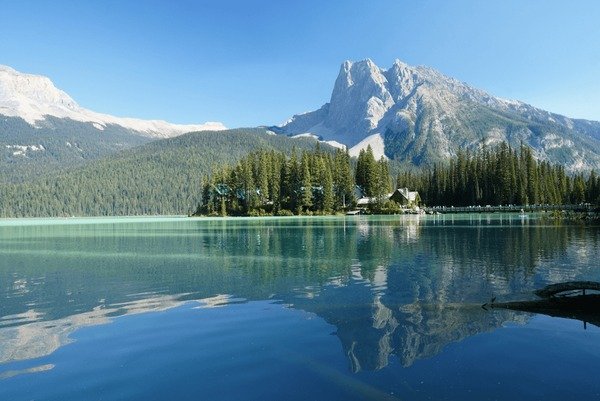Alpine lake
Alpine Lake: A Natural Gem of the Mountains
An alpine lake is a type of lake found in high-altitude mountain regions, typically above the tree line. These lakes are often formed from glacial activity and are characterized by their crystal-clear water, cold temperatures, and breathtaking scenery. Surrounded by snow-capped peaks, rocky landscapes, and alpine meadows, they are popular among trekkers, nature lovers, and photographers.
Key Features:
Location: Found at high altitudes, usually above 2,000 meters (6,600 feet).
Formation: Created by glacial erosion or melting snow and ice.
Water Quality: Very clean, cold, and clear due to minimal pollution and natural filtration.
Biodiversity: Home to cold-water fish species, aquatic plants, and alpine wildlife.
Climate: Harsh weather conditions with freezing temperatures most of the year.
Importance:
Ecological Significance: Supports unique mountain ecosystems.
Freshwater Source: Acts as a reservoir of freshwater from melting glaciers.
Tourism and Recreation: Attracts hikers, campers, and nature enthusiasts.
Cultural and Spiritual Value: Many alpine lakes hold religious or cultural significance in different regions.
Examples:
Tilicho Lake (Nepal) – One of the highest lakes in the world.
Lake Tahoe (USA) – A famous alpine lake in the Sierra Nevada.
Lake Geneva (Switzerland/France) – Located at the foot of the Alps.
In conclusion, alpine lakes are natural treasures that offer a combination of serene beauty, environmental importance, and recreational opportunities. Preserving these fragile ecosystems is essential for maintaining the health of our planet’s mountain environments.
